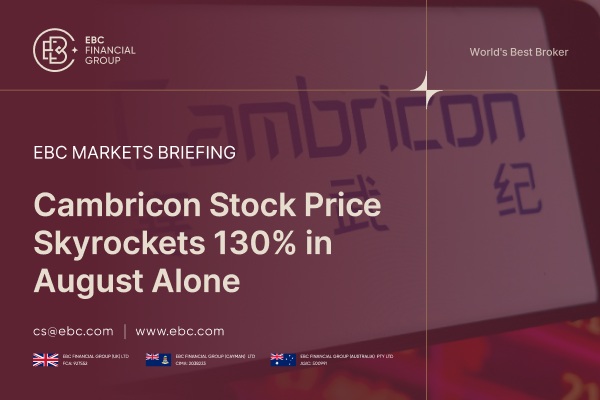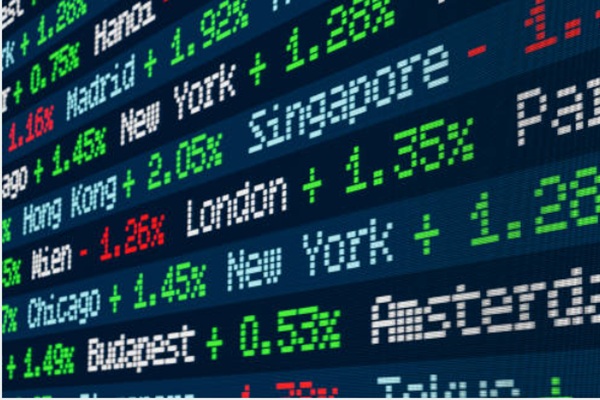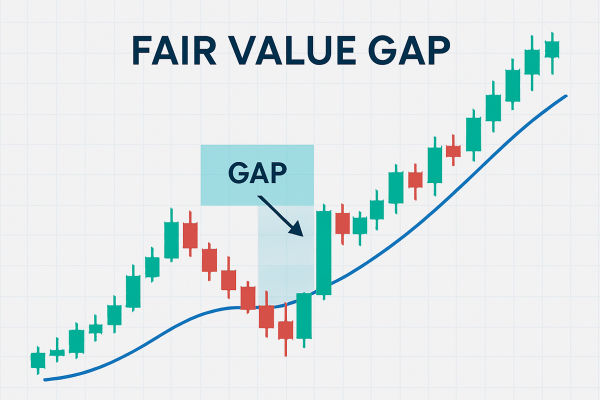Each metal has a different value, which depends on the rarity of the metal, the difficulty of extraction, and the properties of the metal. Throughout history, they have been traded as currencies and have now become a form of investment. So what are the precious metals traded today?
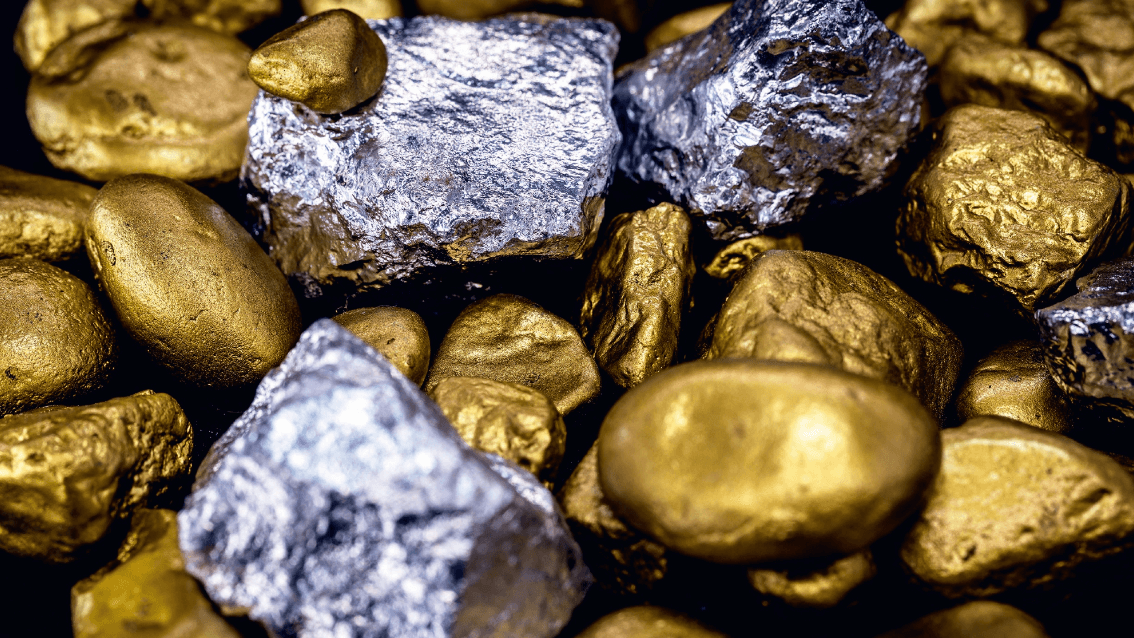 It refers to metallic elements that are relatively rare in the earth's crust and have some industrial and economic value. Most of these metals have a beautiful color, so they are used to make jewelry and souvenirs. They also have good chemical stability, electrical conductivity, thermal conductivity, and corrosion resistance, so they also have a wide range of industrial uses.
It refers to metallic elements that are relatively rare in the earth's crust and have some industrial and economic value. Most of these metals have a beautiful color, so they are used to make jewelry and souvenirs. They also have good chemical stability, electrical conductivity, thermal conductivity, and corrosion resistance, so they also have a wide range of industrial uses.
After thousands of years of evolution, gold, silver, and other metals in economic and social life still play an important role. And the use is very wide, with international reserves, jewelry, industry, and value-added functions.
Gold and silver monetary property have been the development of human civilization for thousands of years, and in the absence of commodity exchanges, information and communication are exchanged, respectively, by the countries respected. No matter how history changes, gold has always been the most important asset reserve in the world.
By 2023. the world's foreign exchange reserves will total 324.142.500 tons of gold, accounting for about 20% of the total amount of human thousands of years of gold. And private storage of gold bullion is also as high as 22.200 tons; the two together accounted for 35.7% of the total global gold.
Gold and silver jewelry in the thousands of years of human history has always been a symbol of wealth and luxury. Nowadays,? as people's income continues to improve and wealth continues to increase, the demand for gold and silver jewelry is also increasing year by year.
Due to the unique physicochemical properties of gold, silver, and other metals, their electrical conductivity, thermal conductivity, craftsmanship, and corrosion-resistant stability are extremely high. So that they are widely used in industry and modern high-tech industries, such as electronic communications, aerospace, chemical, medical, and other fields.
In times of inflation or financial crisis, in order to avoid the loss of purchasing power of money, Like real estate, precious metals, jewelry, antiques, works of art, and other physical assets often become the object of investors competition.
Due to the timelessness and stability of the value of gold and silver, as a physical asset, they have become both an ideal substitute for monetary assets and a function of value preservation. In addition, by investing in gold and silver and using price fluctuations, investors can also earn profits and realize the value-added function.
Therefore, in the market, precious metals are usually regarded as a hedge investment because they tend to maintain a relatively stable value in times of economic instability. In particular, four metals—gold, silver, platinum, and palladium—have long been widely recognized and sought-after investment options, whether in times of economic crisis, inflation, or interest rate changes.
What are the Trading Varieties of Precious Metals?
Its trading varieties mainly include gold (Gold), silver (Silver), platinum (Platinum), palladium (Palladium), rhodium (Rhodium), iridium (Iridium), and other precious metals. In commodities trading, these varieties are renowned, with gold, silver, platinum, and palladium being particularly well-known among investors and the public alike.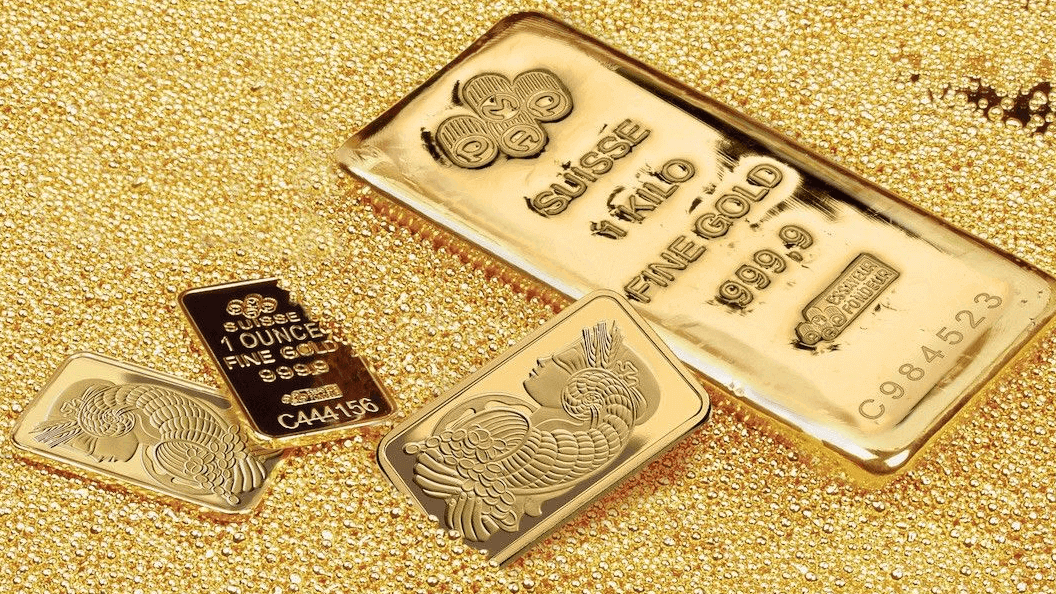
Gold
Gold is one of the first precious metals discovered by mankind and has a wide range of uses, including as a raw material for jewelry, investments, industry, and electronics. It has the characteristics of global circulation, recognition, and non-renewability. It still has the role of preserving and increasing value and resisting inflation, but its circulation and exchange function have been basically degraded in today's society.
Gold is a bright yellow metal, hence its name. Its color and luster are unique features that make it ideal for making jewelry and ornaments. Gold has a long history of being used in the making of jewelry and ornaments and is used to make rings, necklaces, bracelets, and a variety of other jewelry. It is usually found in different degrees of purity, such as 18K, 24K, etc.
Due to its value preservation and appreciation properties, gold is widely used as an investment tool. Investors can buy physical gold or invest in gold through gold bars, gold coins, or gold jewelry. It also has important applications in the electronics and computer industries, where it can be used to make connectors, conductive wires, and other electronic components.
There are many gold-producing countries around the world, including China, Australia, Russia, the United States, and south africa, whose gold mine production contributes to the global gold supply. The price of gold is affected by a variety of factors, including global economic conditions, inflation, and political instability. As a result, the price of gold has a relatively high degree of volatility.
Although owning jewelry is pleasurable, the gap between most jewelry and the value of gold is too large to be considered a real investment. Gold has both value-preserving and safe-haven properties, and historically rising gold prices have triggered demand for gold to preserve its value. The most direct way to invest in gold is to own physical gold bars, but they lack liquidity and must be stored safely. ETFs and funds are suitable for ordinary small investors. Gold futures options are more suitable for experienced investors.
Overall, gold has an important place in the cultural, economic, and financial spheres and is widely recognized as a valuable asset.
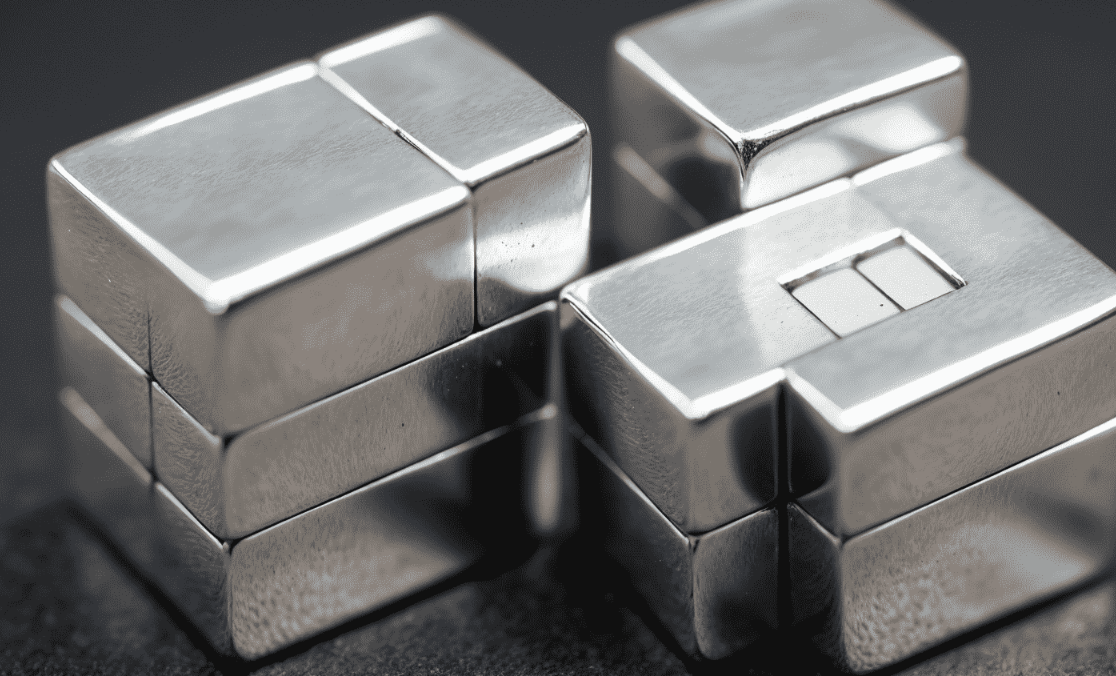 Silver
Silver
Silver, like gold, has a wide range of uses in several fields. It is a relatively reactive metal, reacting with substances such as oxygen and hydrogen sulfide. It is also flexible and ductile, second only to gold in ductility. It can be pressed into thin sheets or drawn into fine wires, and it has the best electrical and thermal conductivity.
Silver is a bright white precious metal with a unique luster. This makes it ideal for making jewelry, flatware, and ornaments. Silver is also widely used in making jewelry and accessories. Silver jewelry is often found in different purities, such as 925 silver, which contains 92.5% pure silver and 7.5% other alloys.
It is also a common investment tool, and investors can purchase physical silver in the form of physical silver, silver bars, and silver coins. The silver market also trades silver derivatives, such as silver futures and silver ETFs (exchange-traded funds). Silver has an important role in industry, especially in electronics, solar panels, photography, and medicine. It is a good electrical and thermal conductor.
Major silver-producing countries include Mexico, peru, China, Russia, and Australia, whose silver minerals contribute to global supply. The price of silver is also influenced by a variety of factors, including supply and demand, global economic conditions, and investment demand. Like gold, the price of silver is volatile.
Silver is valuable in a number of areas, including as an aesthetically pleasing jewelry material as well as an important industrial raw material and investment asset. It also functions as an international reserve, and the central banks of some countries use silver as part of their foreign exchange reserves.
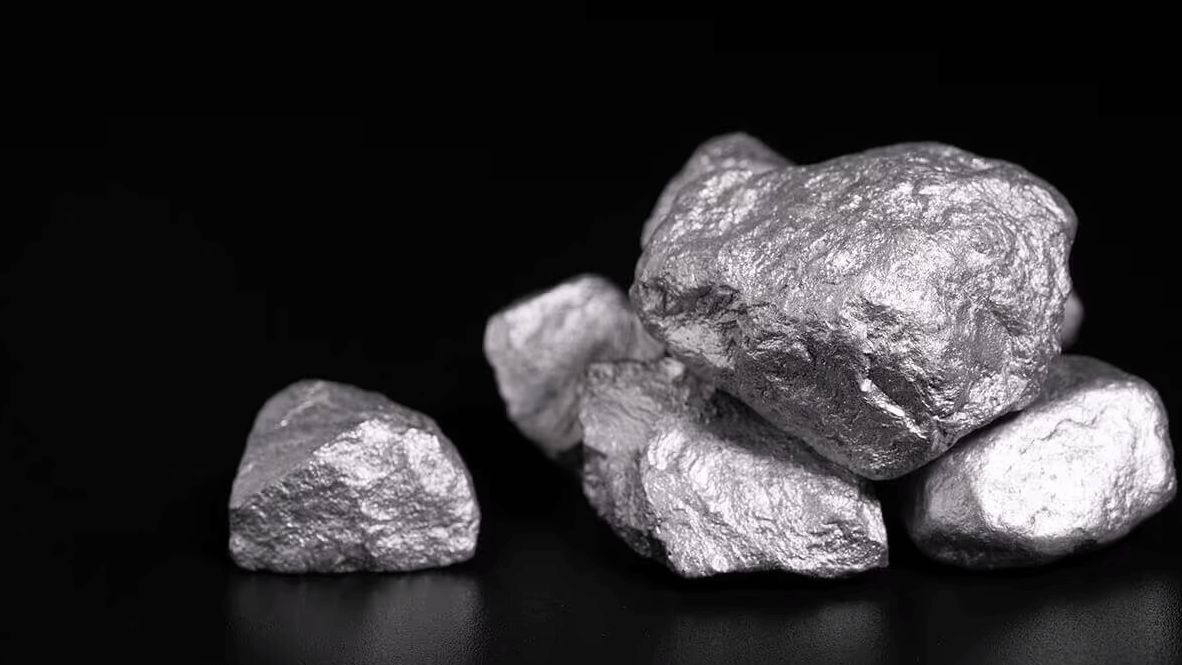 Platinum
Platinum
Platinum, whose chemical symbol is Pt, is a strong, silvery-white metal. It is a precious metal that is chemically more stable, rarer, more valuable, and more value-preserving than gold. Only platinum, which can be called white gold, also has excellent corrosion resistance and chemical stability.
Because of its brilliant white color, excellent ductility, and resistance to abrasion and acidity, platinum has been widely used in jewelry manufacturing since the 19th century. Platinum, an element that plays an important role in our lives, has become a valuable resource in many industries due to its rarity and unique properties.
Because of its stability and resistance to corrosion, platinum is a popular choice for fine jewelry and accessories, especially for engagement rings and other precious jewelry. It also has a variety of applications in industry, especially as a catalyst. It is used in automotive exhaust treatment systems, the petrochemical industry, and for catalyzing reactions in chemical production processes.
Due to its biocompatibility, platinum is also used in the medical field, for example, in medical devices and radiotherapy equipment. Because platinum is a biocompatible element, it is the only metal that is considered completely safe to implant in the human body. Platinum is also often found in the technology industry due to its excellent electrical conductivity and is used in the manufacture of a variety of electronic devices, such as high-performance computers, where platinum may be used in certain components, such as hard disk drives.
As technology advances, platinum may also be used in the manufacture of more advanced technological products. Platinum is found everywhere in our lives, from fine jewelry to everyday technological devices, from biomedicine to the automotive industry. Its rarity and uniqueness make it deeply appreciated and sought after.
It is also a popular investment asset, and investors can purchase it in the form of physical platinum, platinum bars, and platinum coins. There are also platinum ETFs (exchange-traded funds) for investors to trade. Major platinum-producing countries include South Africa, Russia, and Zimbabwe. These regions contribute the majority of global platinum production.
Platinum prices are influenced by supply and demand, global economic conditions, demand from the automotive industry, and other factors, and its price fluctuations are usually influenced by the overall condition of the metals market. And as an international reserve, the central banks of some countries also hold platinum as part of their foreign exchange reserves.
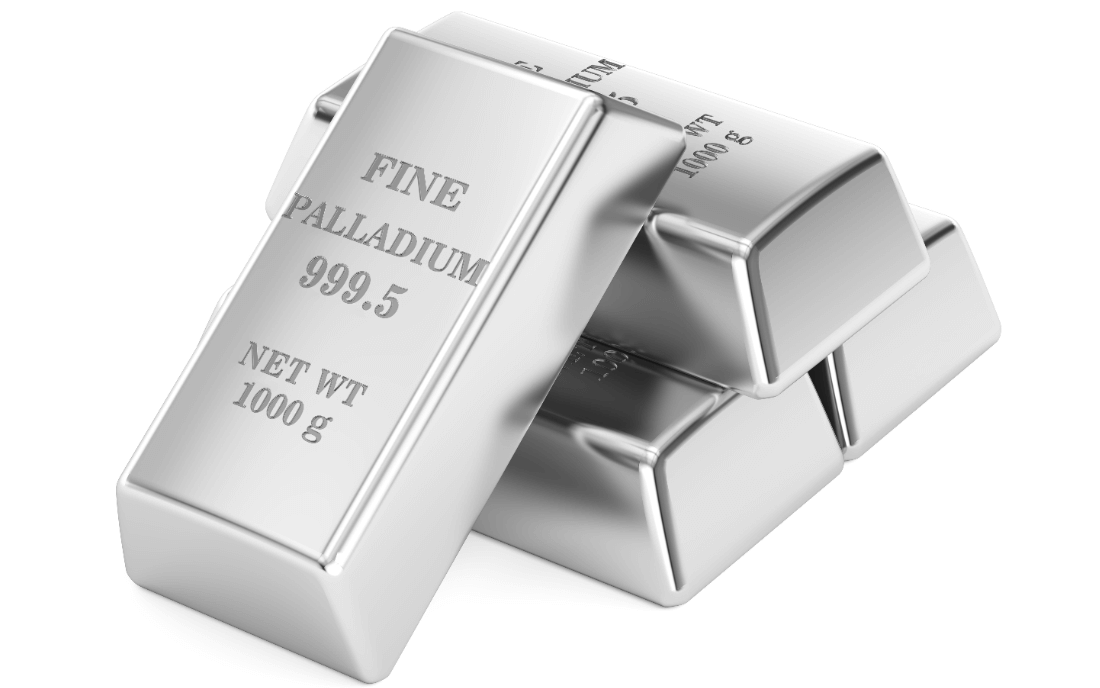 Palladium
Palladium
Palladium, whose chemical symbol is Pd, is a silvery-white metal with good toughness, corrosion resistance, and chemical stability. It has a wide range of applications in industry, especially as a catalyst. It is used in automotive exhaust treatment systems, catalytic reactions in chemical production processes, and in the manufacture of some electronic devices.
Palladium is a key material in the automotive industry and is mainly used in catalytic converters. This is because palladium has a good catalytic effect on pollutants in automobile exhaust. It has a similar function to platinum in hydrogen-fueled vehicles but is relatively expensive and may compete with platinum in hydrogen-fueled vehicles in the future.
Unlike other precious metals, palladium has relatively few applications in the jewelry industry. This is because it is relatively soft and not as hard as platinum, so there is relatively low demand for it in jewelry making. It does, however, have some applications in the manufacture of electronic devices, particularly capacitors, connectors, and other electronic components.
Major producers of palladium include South Africa, Russia, and Canada, and its supply is often influenced by factors such as mining output, demand, and geopolitics.
Palladium is also an investment asset, and investors can purchase physical palladium, palladium bars, or palladium coins. There are also palladium ETFs available for investors to trade. Palladium price fluctuations are affected by a variety of factors, including supply and demand, demand from the automotive industry, and global economic conditions.
Palladium is a metal with important uses in the industrial and automotive sectors, and it is also favored by some investors in the investment arena. The current price of palladium is higher than that of gold and platinum, but trend-wise analysis suggests that its price may continue to rise in the future.However, due to its short-term volatility, it is advisable to choose a good platform for short-term or trend-swing trading when leveraging palladium.
Palladium is a niche but growth-oriented investment, and although it is now at a high level, its trend is still upward. So that investors can continue to pay attention to and analyze palladium, find his entry point, and make it a lucrative investment target.
What are the precious metals
| Precious Metals |
Features |
| Gold |
Value preservation, appreciation, global liquidity, jewelry making, electronics, investment tools |
| Silver |
Active metal, electrical conductivity, thermal conductivity, good ductility, investment tools |
| Platinum |
Chemical stability, corrosion resistance, catalysts, jewelry, industrial applications, medicine |
| Palladium |
Good ductility, corrosion resistance, catalysts, automotive exhaust treatment, electronic equipment |
| Rhodium |
Corrosion resistance, catalysts, glass manufacturing |
| Iridium |
Conductivity, corrosion resistance, medicine, electronic equipment |
Disclaimer: This material is for general information purposes only and is not intended as (and should not be considered to be) financial, investment, or other advice on which reliance should be placed. No opinion given in the material constitutes a recommendation by EBC or the author that any particular investment, security, transaction, or investment strategy is suitable for any specific person.


 It refers to metallic elements that are relatively rare in the earth's crust and have some industrial and economic value. Most of these metals have a beautiful color, so they are used to make jewelry and souvenirs. They also have good chemical stability, electrical conductivity, thermal conductivity, and corrosion resistance, so they also have a wide range of industrial uses.
It refers to metallic elements that are relatively rare in the earth's crust and have some industrial and economic value. Most of these metals have a beautiful color, so they are used to make jewelry and souvenirs. They also have good chemical stability, electrical conductivity, thermal conductivity, and corrosion resistance, so they also have a wide range of industrial uses.
 Silver
Silver Platinum
Platinum Palladium
Palladium